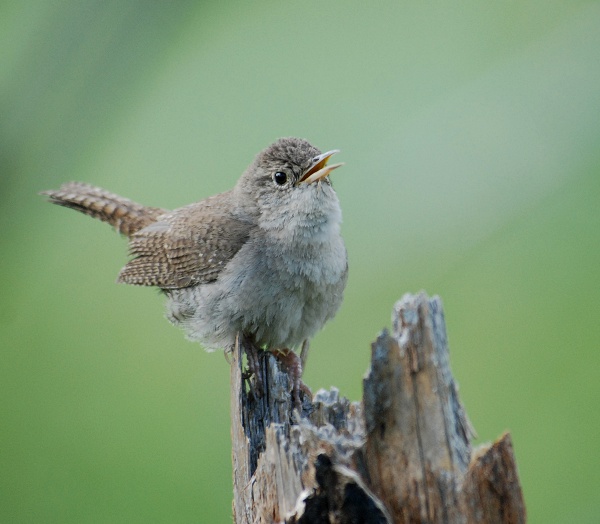Facts About House wren
The house wren, a delightful small songbird from the family Troglodytidae, is found across the Americas, ranging from Canada to the southernmost parts of South America. These birds are frequent inhabitants of suburban areas and are the most common wren species. However, their classification can be complex due to the various subspecies, some of which are occasionally regarded as distinct species.
Adult house wrens are petite, measuring about 11 to 13 cm in length and weighing between 10 to 12 grams. They have distinctive appearances, although their coloration can vary depending on the subspecies. Their song is rich and bubbly, a true pleasure to hear, especially during the nesting season. Notably, their songs can differ significantly based on their geographic location.
The house wren is divided into several subspecies groups, including some that are unique to certain islands and are considered separate species. These birds are found throughout North and South America, with North American populations known to migrate.
House wrens are highly adaptable and often reside in proximity to humans. They build cup-shaped nests in cavities using a variety of materials. The breeding process typically involves the female laying eggs and primarily handling incubation. These birds are notably territorial and may even destroy the eggs of other bird species within their domain.
Concerning their conservation status, the house wren is generally not regarded as threatened. However, some island populations are rare and endangered due to factors such as habitat destruction and predation. Certain subspecies, particularly those from the Lesser Antilles, are critically endangered or possibly extinct.

 Paraguay
Paraguay